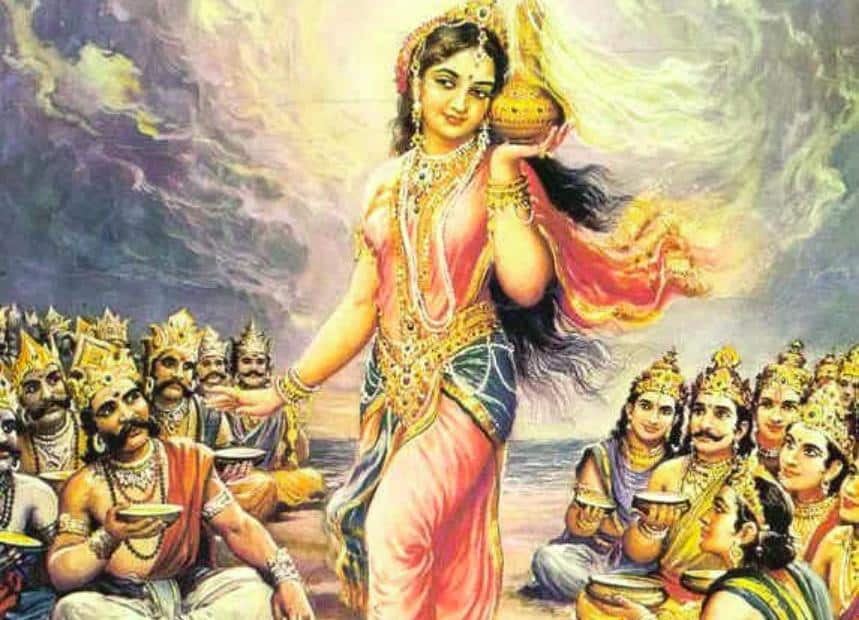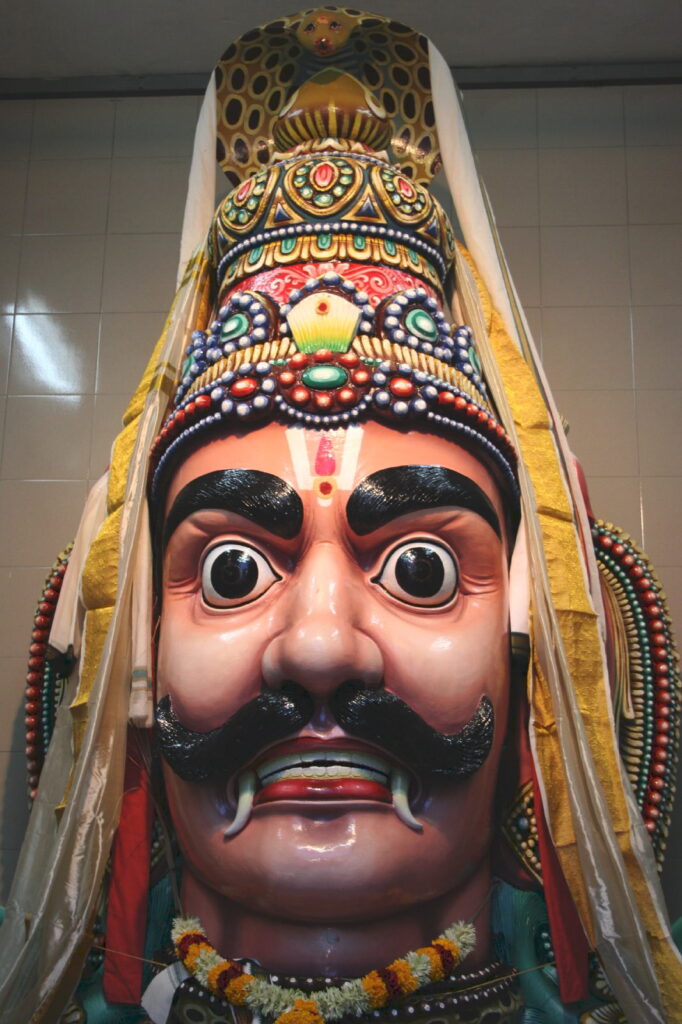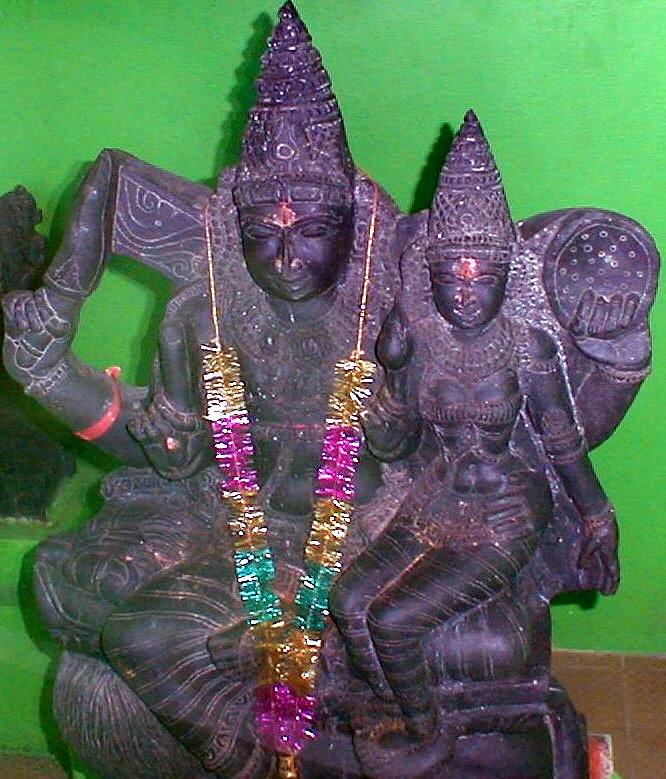Many gods and goddesses in Hinduism and Indian legends are portrayed as both male and female at various times and in different manifestations, or may appear with attributes of both sexes at the same time, such as Ardhanarishvara, who was created by the union of the god Shiva and his partner Parvati, and whose half right body is the full male body and a half left body is the full female body. Ardhanarishvara means “Lord whose half is a woman.” This form of Shiva represents the “totality that exists beyond duality,” and it is associated with communication between humans and gods, as well as between men and women.
Unlike orthodox Hinduism, which acknowledges stories of gender and sexual variety, contemporary scholars and liberal activists have emphasized LGBT themes in lesser-known texts or extrapolated them from stories previously assumed to have no homoerotic undertone. Such investigations have sparked disputes over the true meanings of these stories.
Indian mythology has shown gender diversity and non-heterosexual sexuality via many heroes and incidents. In light of contemporary anti-homosexuality legislation based on colonial laws, it is clear that it was antagonistic to sexual norms and the commonly recognized gender binary. While the male-female biological link has always been respected, homosexuality and LGBT concerns have received different treatment. The anecdotes and stories shown here are fragments of evidence for the representation of the third gender in Indian mythology. These narratives show how gender identity and sexuality materialize in contemporary culture, while before they were merely personal choices.

- Mohini, the feminine version of the deity Vishnu, is the first transgender figure mentioned in Hindu mythology. In English, Mohini means “enchantress.” According to the Mahabharata, Mohini originally arose while the devas (gods) and asuras (demons) were churning the ocean with the assistance of Vishnu in his Kurma (tortoise) form. Mohini used her charm to separate the devas from the asuras and then offered the devas the elixir of immortality (Amrita).

- The legend of Aravan: Aravan (literally “son of a snake”), the son of Arjuna and Ulupi (a “snake” princess), was offered to Goddess Kali in the Mahabharata to ensure the Pandavas’ victory at Kurukshetra. The only stipulation was that Aravan spends his last night as a married person. No lady wanted to marry Aravan since he was going to be slain after the marriage. Lord Krishna disguised himself as a lovely woman named Mohini and wedded him. This is why the Hijras of Tamil Nadu refer to themselves as Aravanis, after their forefather Aravan. Every year, an 18-day celebration is held in Koovagam, Tamil Nadu, during which the local trans women dress up as Aravan’s wives and mourn his death.
- Urvashi cursed Arjuna with losing his manhood when he rejected her overtures by saying she was like his mother. Indra lessened the punishment to a one-year term of Arjuna’s choosing. This was advantageous for Arjuna since he remained in disguise as a dancing teacher – Brihannala – during the Pandavas’ final year of exile. He taught dancing and music to King Virat’s daughter and her pals. When King Virata discovered Arjuna’s true identity, he offered his daughter’s hand in marriage to Arjuna. King Arjuna turned down the offer since he had been her teacher and considered her a daughter.

- Ila appears in one of Hindu mythology’s few episodes of female-to-male metamorphosis. Ila is the subject of several origin myths. She was born to Vivasvata Manu and his wife Shraddha, who desired a son. They prayed, and the gods transformed Ila into Sudyumma. Sudymma then enters a jungle and is cursed to become a girl, but the curse is alleviated by Shiva, who permits him to be a male every alternate month. Ila/Sudyumma married Budha (Mercury) during his feminine phase and intended to give birth to the Pururavas. (the Lunar dynasty). He eventually became a man thanks to Shiva’s blessing.
- In the Mahabharata, after being taken by Bhishma for his stepbrother and rejected in marriage, Princess Amba committed herself and vowed to exact retribution on Bhishma. Amba was resurrected as King Drupada and given the name Shikhandini. According to legend, she practiced penance and changed her gender to become Shikhandi. Bhishma recognized him as Shikandini, Amba reincarnated, during the battle of Kurukshetra, and he refused to fight a “woman.” Bhishma was obliged to down his swords on the ninth day of the fight as Shikhandi rode in Arjuna’s chariot. Arjuna concealed behind Shikhandi and used his arrows to strike Bhishma. Thus, Shikhandi had a role in Bhishma’s death at Kurukshetra and the Pandavas’ triumph.
Despite the fact that transgender people have a rich and varied ancestry in the form of gods and heroes from Hindu mythology, they are nonetheless exposed to different types of ostracism. Only recently have they been provided with the essential social security and the capacity to integrate into society. Furthermore, these people face stigma and prejudices that render them vulnerable to both physical and mental health difficulties. These include substance abuse and legal issues, as well as inadequate working circumstances and options. The inclusion of this marginalized population is critical.

